7 Biodiversity Hotspots Around the World That You Should Know

Get news, updates, & event Info delivered right to your inbox:
7 Biodiversity Hotspots Around The World That You Should Know About
There are an estimated 8.7 million species of plants and animals on Earth. Each of these species have adapted to live in specific environments. An area is considered a biodiversity hotspot when it has a high concentration of endemic species (species that are found only in one area). Today, there are 36 global biodiversity hotspots that are home to 44% of the world’s plants and 35% of land vertebrates.
The top five threats to global biodiversity are invasive species, climate change, habitat loss and degradation, overexploitation, and pollution. In the context of changing conditions and a growing global population, it's critical to protect and restore the world's remaining biodiversity hotspots. They represent a safe haven, providing unique habitat conditions that may not exist anywhere else on Earth.
Read below to learn more about seven of the world’s top biodiversity hotspots!
7 Biodiversity Hotspots to Know
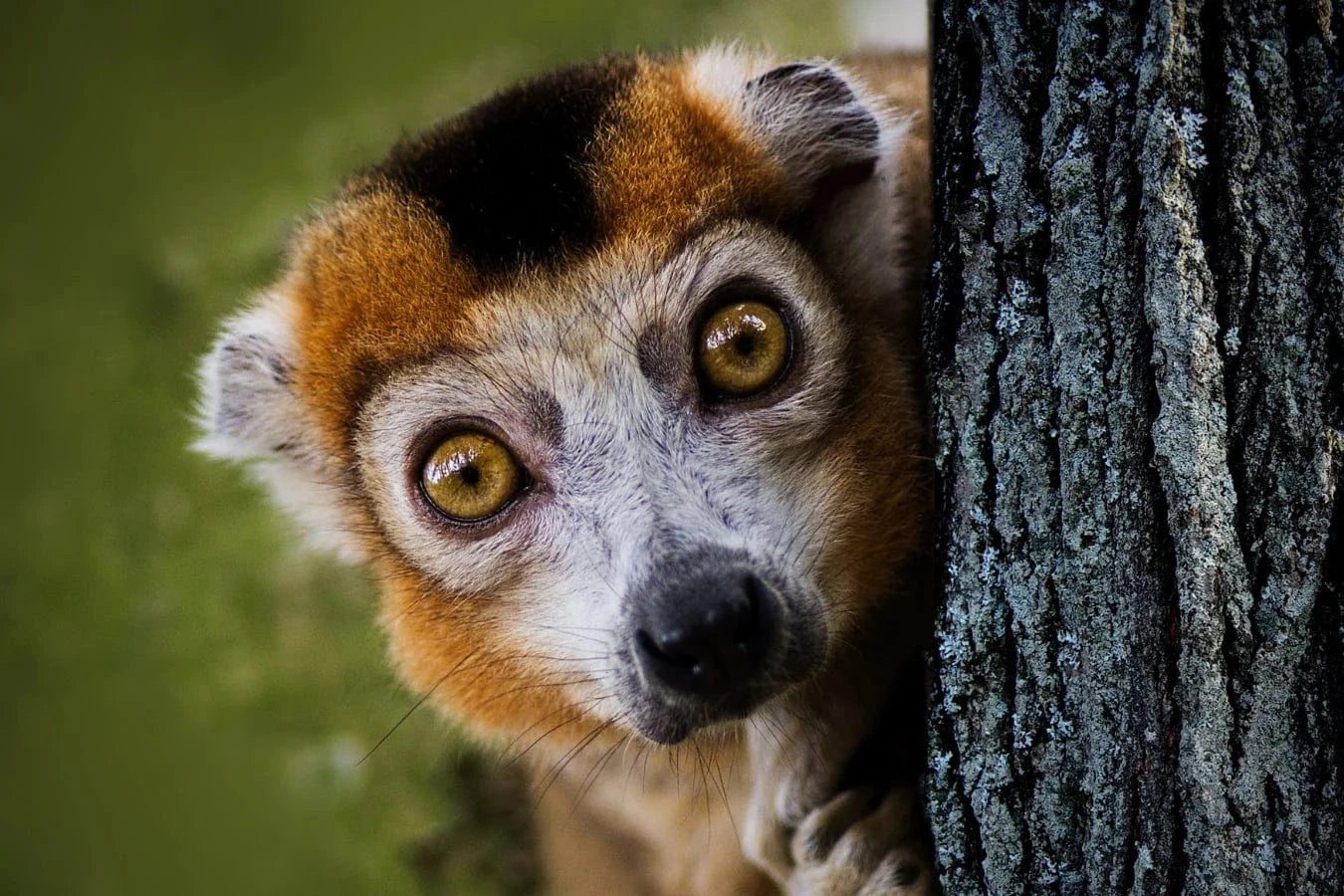
1. Madagascar
Madagascar, which split from mainland Africa over 150 million years ago, is the world’s fourth-largest island. Because it has been an island for tens of millions of years, scientists estimate that 85% of the island's animals and 90% of its plants are endemic. The primary biodiversity threats in Madagascar are overexploitation and unsustainable agriculture.
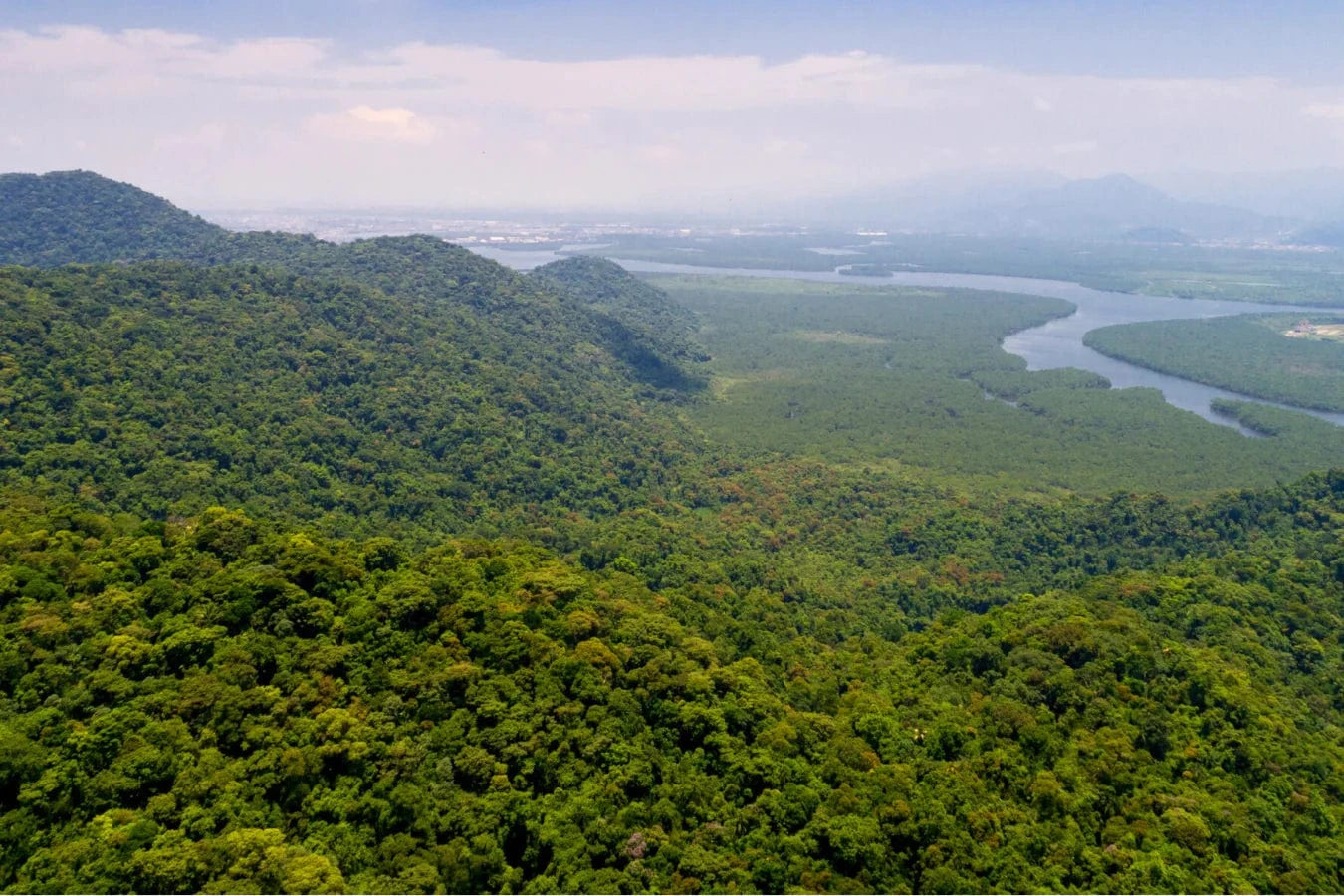
2. Brazil’s Atlantic Forest Region
Stretching along the eastern coast of Brazil, the Atlantic Forest region is considered Latin America’s second most important biome (a geographical region with distinct climate conditions, vegetation, and animal life), after the Amazon Forest. Comprised of 15 eco regions, the Atlantic Forest contains 298 species of mammals, 475 species of amphibians, 1,023 species of birds and 20,000 species of plants. With only 12% of the original vegetation remaining, the top threat to this highly endangered biome is human activity.
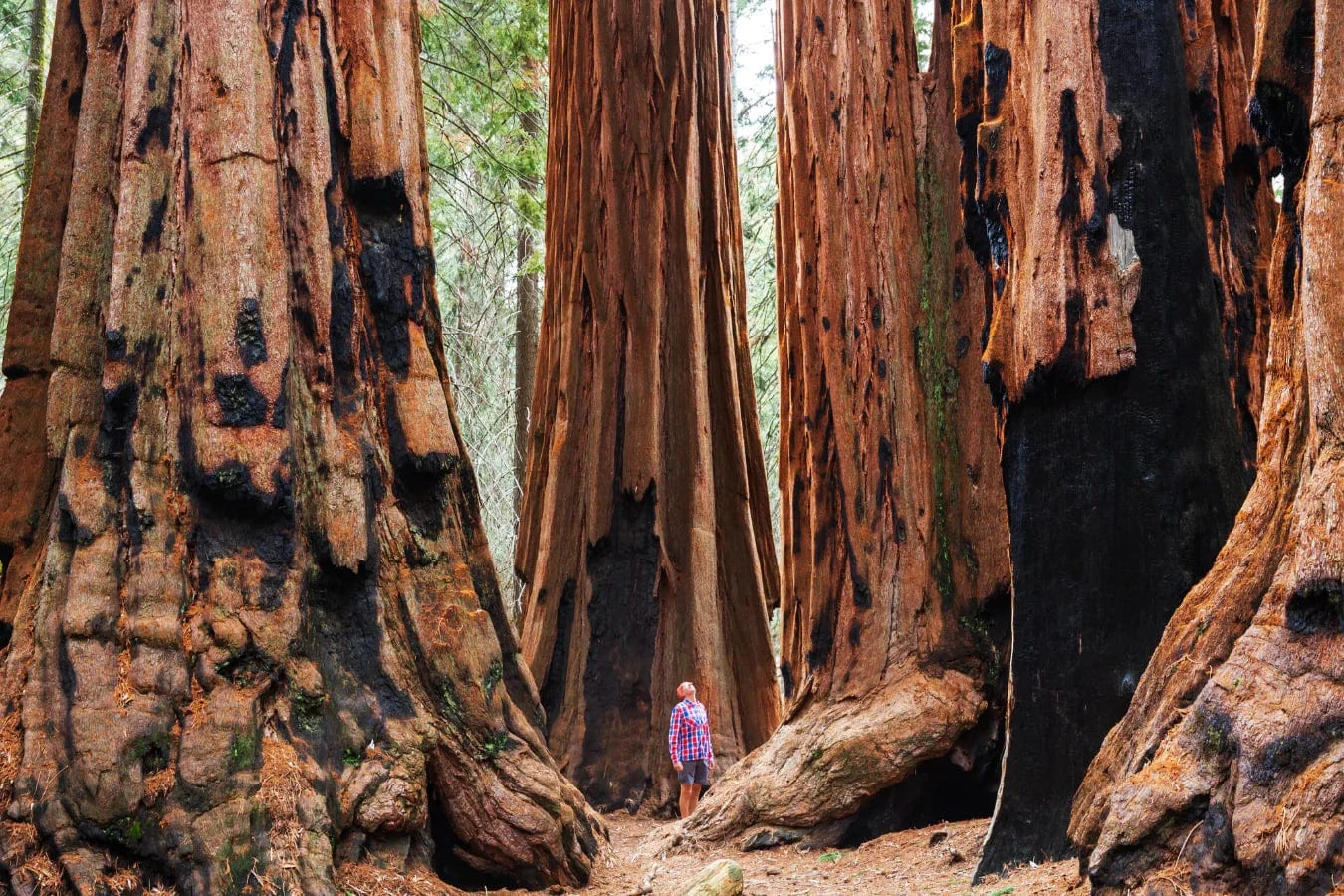
3. The California Floristic Province
Stretching from Baja California northward to Southern Oregon, California's Floristic Province is home to some of the tallest trees in the world — and over 8,000 plant species. The coastline’s unique trees include the giant sequoia and the coastal redwood, both of which are endangered. Threats to this biodiversity hotspot include development, forest fires, and a changing climate.
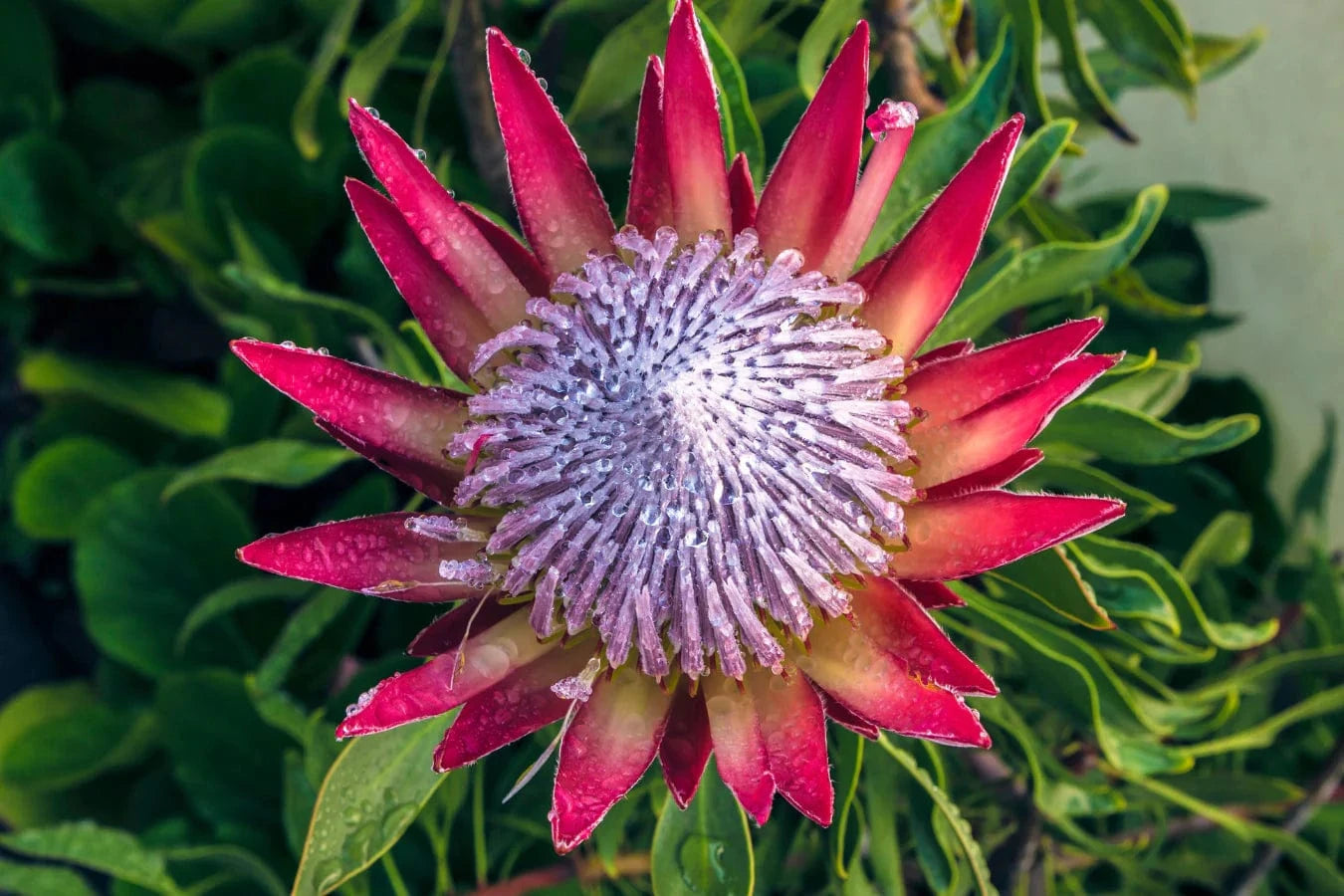
4. South Africa’s Cape Floral Region
This region of South Africa contains 9,000 species of plants, 69% of which are found nowhere else in the world. Notable plants in the Floral Region include the king protea (South Africa’s national flower), and Fynbos vegetation, a fine-leaved shrub land that has adapted to periodic fires. The main threats to South Africa’s Cape Floral Region include invasive species, forest fires, climate change, and development pressure.

5. The Philippines
A cluster of more than 7,000 islands found to the north of the Malay Peninsula in Southeast Asia, the Philippines is commonly referred to as “Asia’s Pearl of the Orient.” The Convention on Biological Diversity estimates that 5% of the world's plant species grow there — and half of the wildlife species found on the islands are endemic. This biodiversity hotspot contains some of the highest concentrations of critically endangered species on the planet, but faces a number of threats — including over harvesting, habitat loss, and habitat fragmentation.
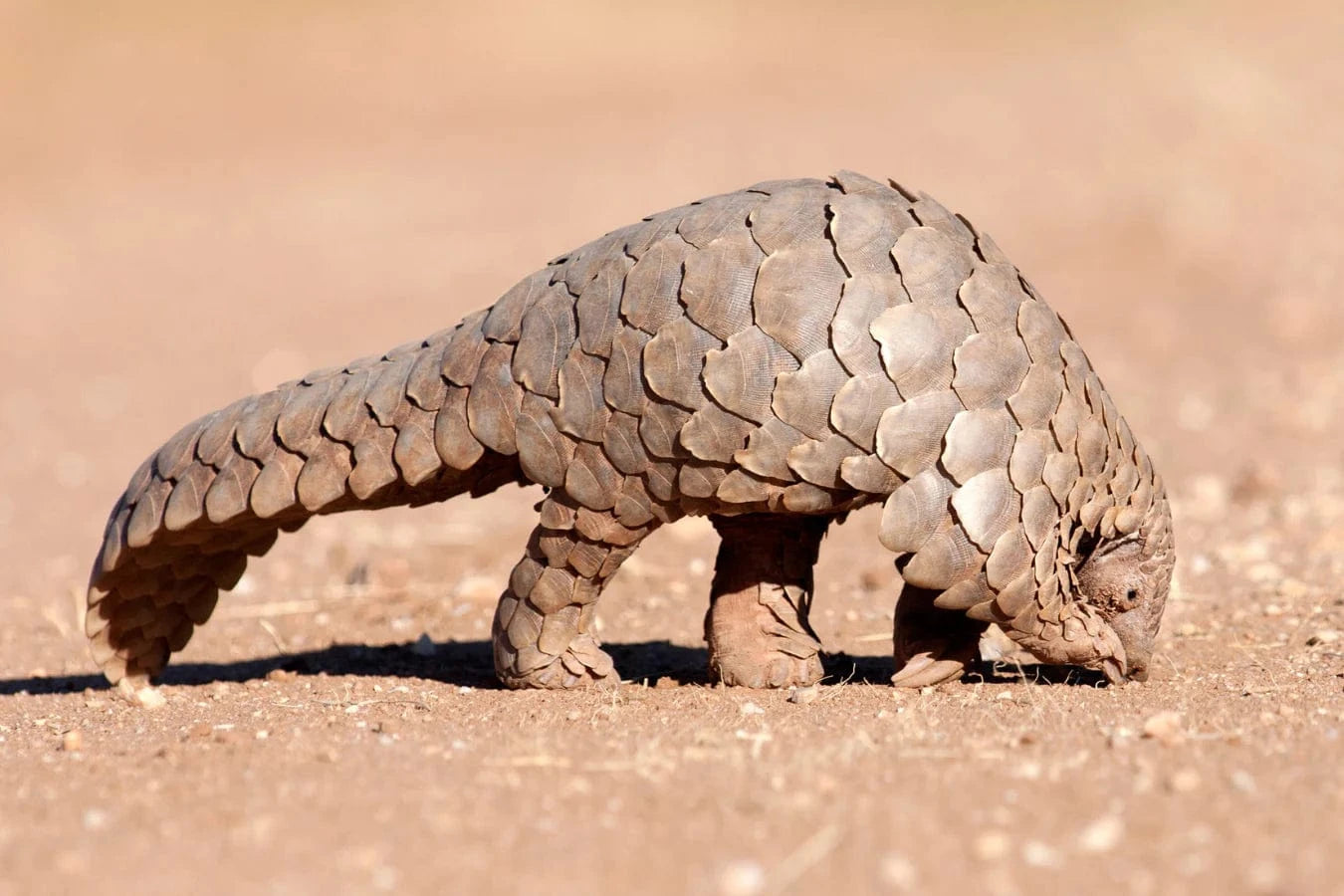
6. Thailand
If you’ve ever vacationed in Thailand, you know why this beautiful country has made the list! As one of the most biodiversity-rich countries in Southeast Asia, Thailand contains 15,000 plant species, making up 8% of the global total. Unique animal species that call Thailand home include the Asian Elephant, Sunda Pangolin and Indochinese Tiger. Thailand’s rich biodiversity faces many threats, including illegal hunting and other human activities, unsustainable agriculture, overfishing, pollution, climate change, and habitat loss.
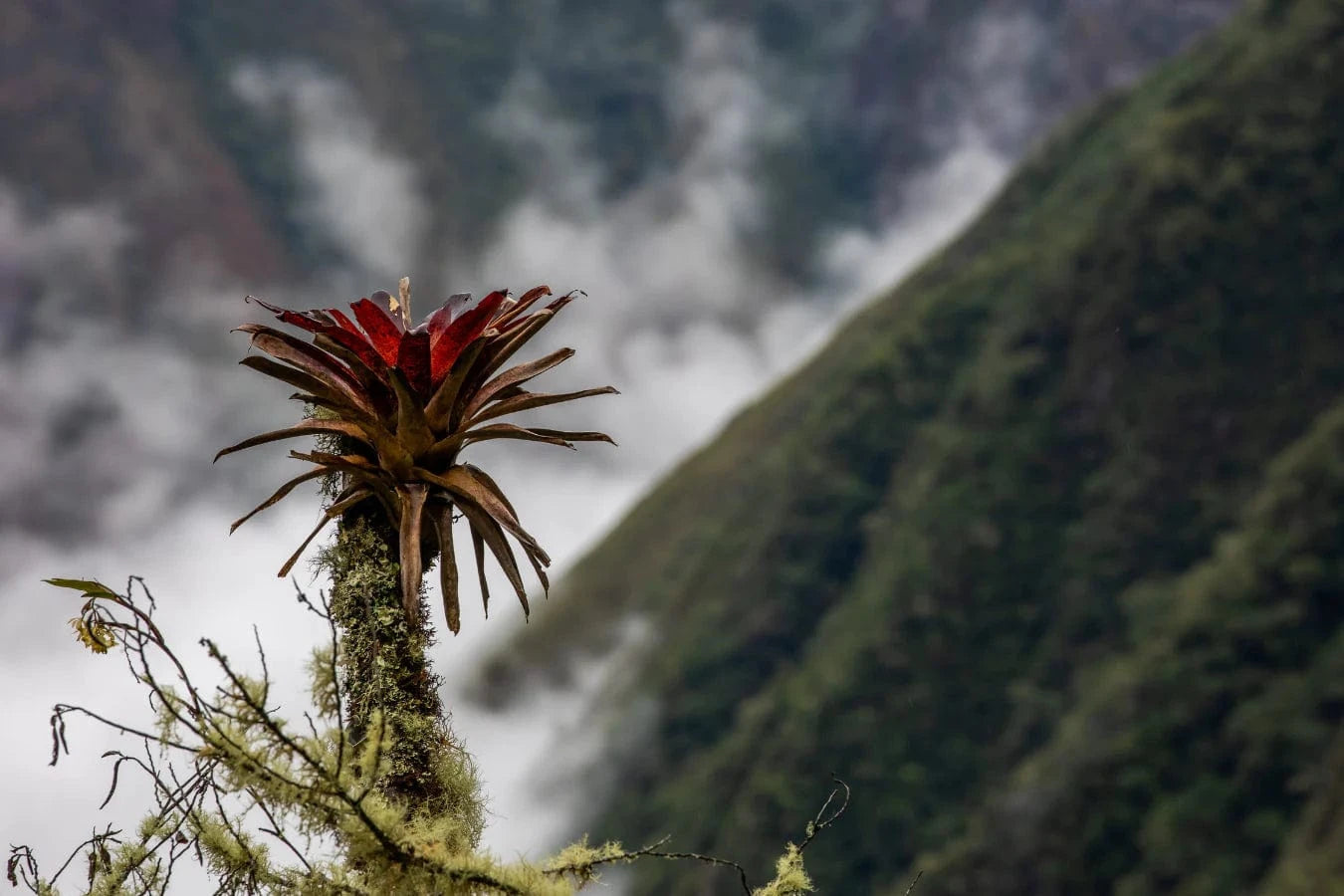
7. The Tropical Andes
This region extends from western Venezuela to northern Chile and Argentina, and includes portions of Colombia, Ecuador, Peru, and Bolivia. The Tropical Andes contains the most diverse range of species in the world — including one sixth of all plant species on Earth. Threats to the Tropical Andes include logging, agricultural expansion, and mining and oil extraction
We are working around the world to restore forests in and near many of these biodiversity hotspots. When you plant trees for biodiversity, you're helping to restore critical habitat for wildlife — some of which are threatened or endangered.
Get news, updates, & event Info delivered right to your inbox:
Related Posts
9 Sustainable New Years Resolutions
18/12/2025 by Meaghan Weeden
Inspirational Quotes About Trees
16/12/2025 by Meaghan Weeden
The 9 Oldest, Tallest, and Biggest Trees in the World
11/12/2025 by One Tree Planted
Popular On One Tree Planted
Inspirational Quotes About Trees
16/12/2025 by Meaghan Weeden
The 9 Oldest, Tallest, and Biggest Trees in the World
11/12/2025 by One Tree Planted
What Causes Deforestation?
10/07/2025 by Meaghan Weeden
Fundraising Disclosures

Be Part of the
Restoration Movement
The Grove is more than just a monthly giving program: it's a vibrant community of individuals who are dedicated to reforestation and environmental restoration on a global scale.
As a member of The Grove, you affirm your commitment to restoring forests, nurturing biodiversity, and fostering positive global change.



